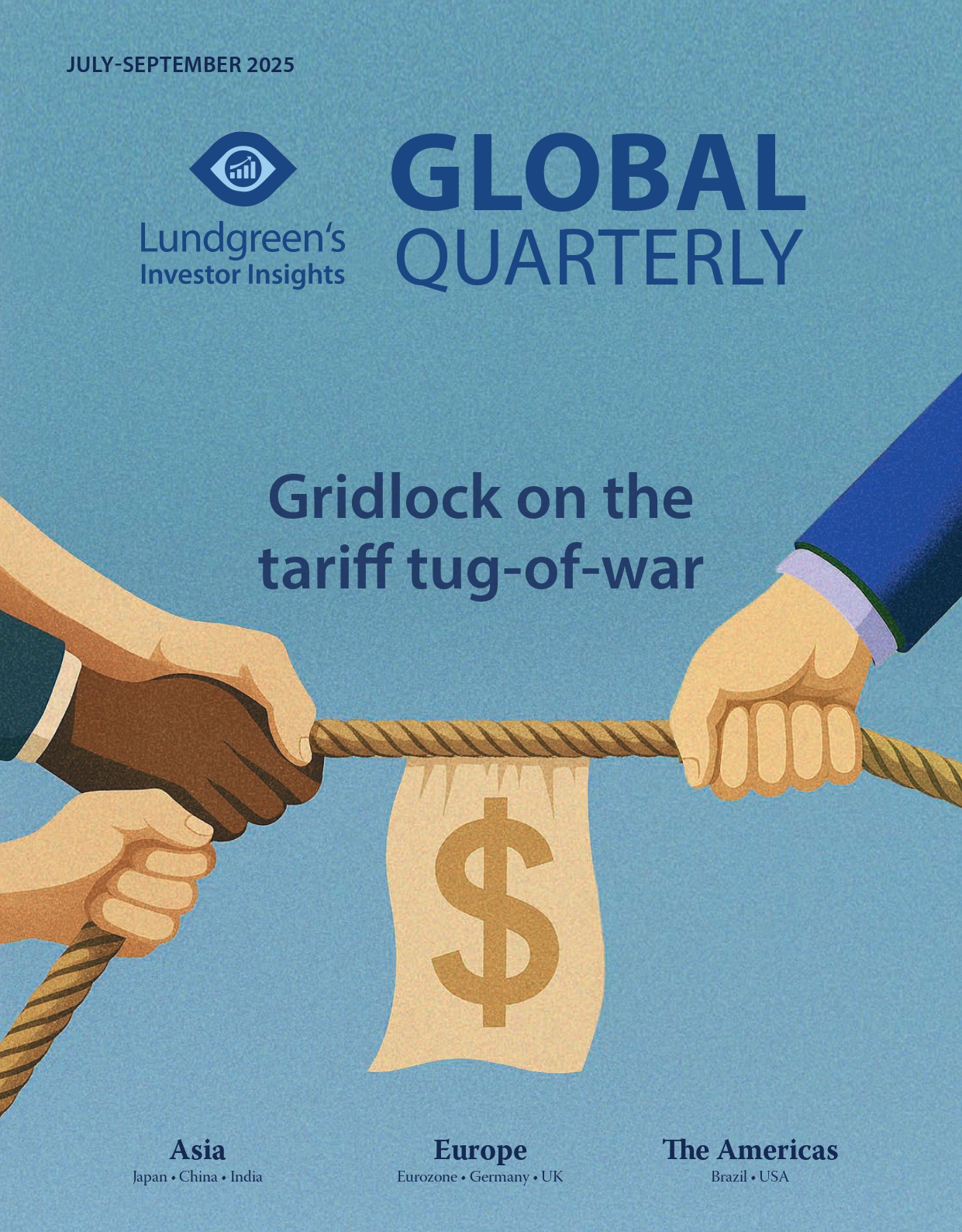UK’s budget conundrum
The Labour Party has vowed to “rebuild Britain” as it regained control of the UK Parliament in late 2024, but it comes at a steep price to be paid for by its people. New Prime Minister Keir Starmer and his Treasury chief Rachel Reeves got started by introducing a reform budget that carries a GBP 40 billion (USD 50.8 billion) tax increase for fiscal year 2025-2026. The budget mainly aims to restore the quality of public services, particularly the National Health Service, and hopes to unlock faster economic growth.
The UK economy managed a 0.9 per cent expansion in 2024, faster than 0.4 per cent the year prior and ahead of the EU’s pace. However, this is far from the country’s pre-pandemic average of 2 per cent and slower than the rest of the world. Additional public investments are needed to unlock faster growth, and this becomes tricky as the UK also needs to pare down its ballooning public debt.
‘Borrow to invest’
Net public sector borrowing is seen to reach GBP 105.6 billion (USD 134 billion) between April 2025 to March 2026, according to government data, in line with Starmer’s “borrow to invest” plan. Governments generally resort to debt financing, but the UK’s debt burden has grown so big that it is now equal to the size of its domestic economy. It recorded an outsized debt-to-GDP ratio of 107.5 per cent during the peak of the COVID-19 pandemic response, as seen in Graph 1, coming from a 10-year average of 82.7 per cent of GDP from 2010 to 2019.

Further, the budget deficit has steadied at 4.8 per cent for two straight years to March 2024. The new government is looking to plug this fiscal hole by reducing public spending accompanied by higher taxes, but this means further limiting growth prospects as these will stifle both government and household expenditures.
Starmer said budget cuts will also affect British foreign aid, remove tax breaks on private schools, and trim housing subsidies. Generated savings will be channelled to greater defence spending, mainly due to the ongoing Russia-Ukraine conflict that continues to jolt Europe. In fact, rising valuations of defence companies drove the FTSE 100 to a record high in early March amid a fallout of Kyiv’s relations with the US. There is greater pressure for governments to scale up military budgets to support Ukraine, with the EU committing up to EUR 800 billion (USD 840 billion) for defence spending this year. Our own firm, Lundgreen’s Capital, is able to capitalize on the defence sector’s rapid expansion through our High-Tech Defence Fund, an alternative investment vehicle that supports high-growth and innovative defence and intelligence technology companies.
Other investment commitments made by Starmer’s government include new train projects, road pothole repairs, and additional support for cheap home purchases. These will be financed by raising Britain’s tax take from 35 per cent to 38 per cent of GDP in the next five years.
Blow to confidence
Despite the budget reform and rate cuts from the Bank of England (BOE), projections for the economy are grim. The central bank recently halved its 2025 growth forecast for the UK from 1.5 per cent to 0.75 per cent, but noted that inflation is likely to pick up later this year on the back of higher utility bills.
Both business and consumer confidence have taken a hit as inflation picked up again in January, and recently over the news that employers would have to pay more to cover the social security contributions of their employees, which account for 55 per cent of total revenue collections. Reeves is also targeting wealthier residents by raising duties on capital gains and inheritance, as well as bigger fees on private jet usage, non-electric vehicles, and for tobacco and vapes.
As Graph 2 shows, both businesses and consumers have turned pessimistic towards the UK economy in recent months as both indices dropped below the 100-point threshold. In fact, confidence levels are lower than the average for the EU, based on OECD data.

Looking ahead, UK’s fiscal plans will ultimately discourage private consumption, which accounts for two-thirds of the British economy. The wage increase for government workers implemented in July 2024 provided only a temporary lift in consumer confidence, and pessimists have prevailed since.
The BOE is in a bind as it navigates the delicate balance between spurring economic growth and tempering inflation. There is less pressure for British policymakers to reduce rates as quickly as initially expected as global interest rates remain elevated and with heightened uncertainty hounding financial markets. UK’s growth prospects are likewise dampened by global trade disruptions due to higher tariffs imposed by the US on foreign-made goods. As a result, middle-income earners are further squeezed as they bear the combined effect of higher prices and additional taxes domestically and abroad.
Dissatisfaction over high living costs triggered the change in political leadership in the UK and in shaky democracies in the region, such as Germany and France, illustrating the ailing economic and political situation across Europe. We maintain a slight preference towards investment assets in the UK over the rest of the EU but keep an underweight rating for the whole region, where growth is hard to come by.






